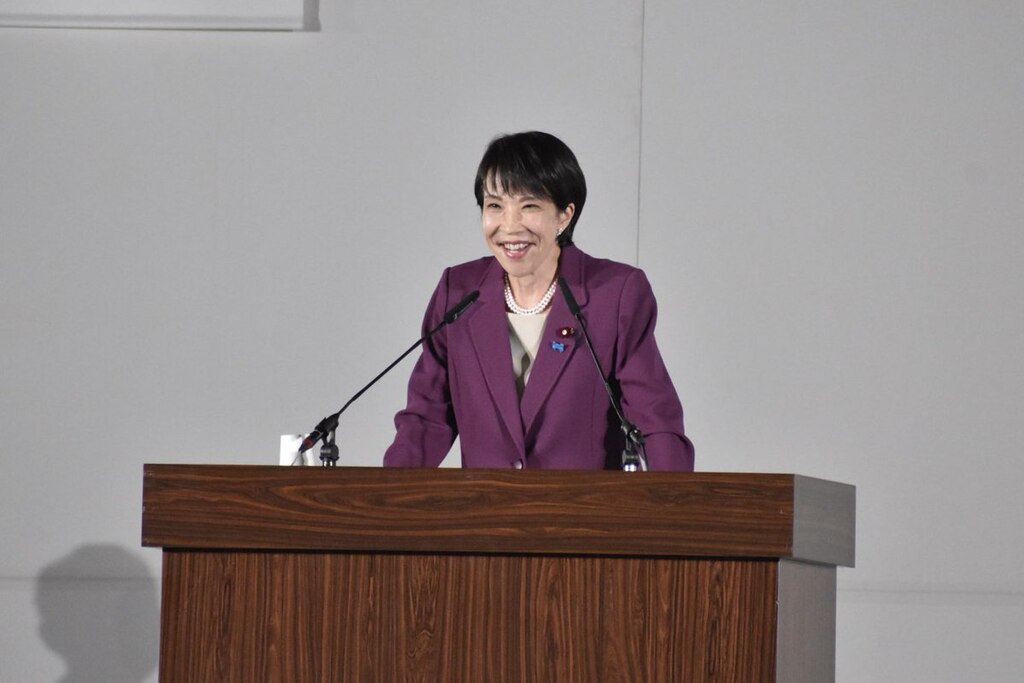Japan has entered a new political era as Sanae Takaichi assumes office as the nation’s 104th Prime Minister, forming a cabinet that signals major shifts in fiscal and crypto policy. With Satsuki Katayama as Finance Minister and Hisashi Matsumoto as Digital Minister, Takaichi’s administration—backed by a new coalition with Nippon Ishin no Kai—is expected to drive forward the highly anticipated Tax Reform 2026, a crucial milestone for Japan’s crypto sector.
The Financial Services Agency (FSA) has proposed revising Japan’s crypto income tax from the current Comprehensive Taxation rate of up to 55% to a Segregated Taxation system with a flat 20% rate, aligning it with stock and FX trading. The FSA also advocates for the introduction of crypto ETFs, aiming to attract institutional investors and bolster Japan’s digital asset market.
Tensions may emerge between Digital Minister Matsumoto, a Web3 advocate, and Finance Minister Katayama, known for fiscal conservatism. However, Katayama’s reform-oriented stance offers cautious optimism for balanced progress. The administration’s focus lies in crafting an internationally competitive tax system while defending the Japanese yen and ensuring economic security.
The coalition with Ishin no Kai, led by Hirofumi Yoshimura, introduces a strong regional finance agenda centered on Security Tokens (ST) and stablecoins, supported by SBI Holdings and the Osaka Digital Exchange (ODX). This partnership aims to establish Japan as a global hub for tokenized finance and Web3 innovation.
Aligned with Economic Security Minister Kimi Onoda, Katayama will work to safeguard Japan’s wealth while nurturing technological advancement. The Takaichi administration’s Web3 strategy underscores a clear objective: building a “yen-based digital economy” that promotes innovation, strengthens regulatory frameworks, and positions Japan as a leader in the next wave of financial transformation.


























Comment 0